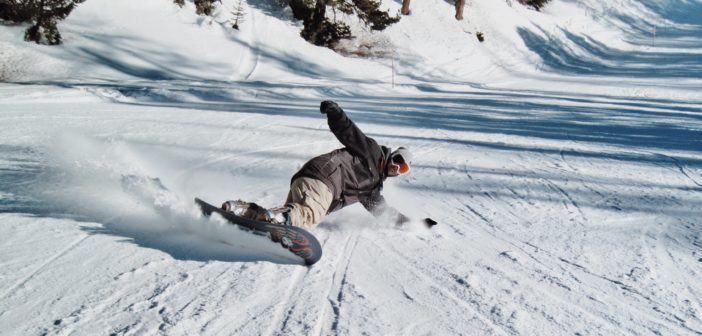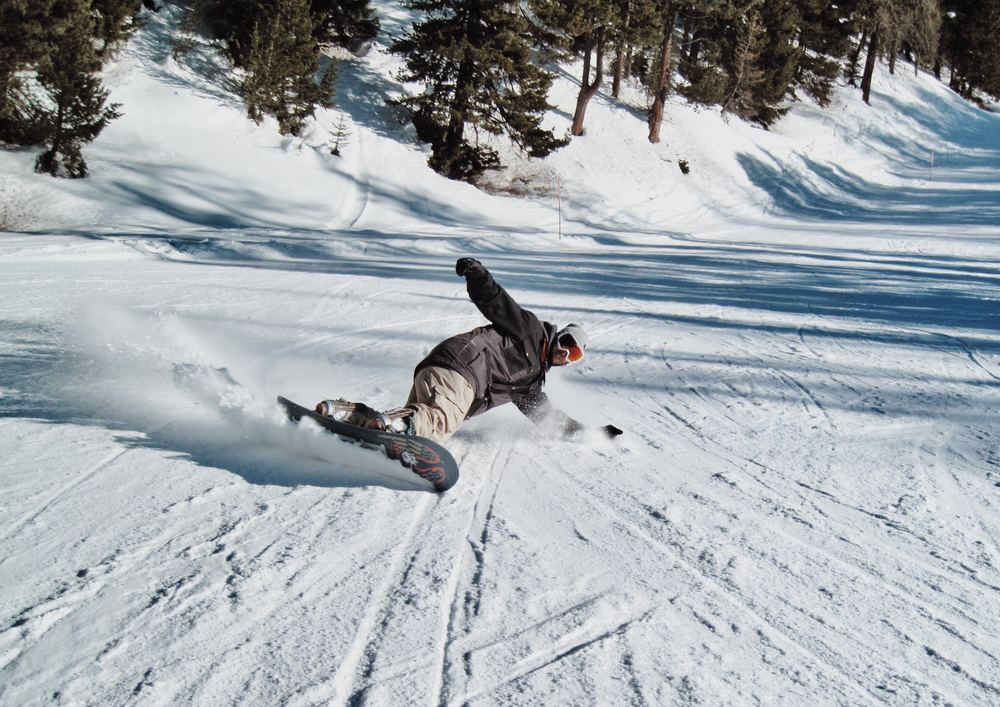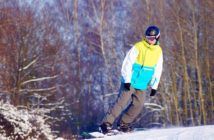When was snowboarding invented? It is difficult to pinpoint the exact origins of the sport, as it has evolved from many different sources over time.
There is no one source that can verify the initial creation of the snowboard, so no one can truly say who invented snowboarding.
Does the creation of the snowboard warrant the conception of the sport, or is it when the sport itself started to kick off? How did the sport even begin in the first place?
Let us take a look at some of these conflicting origin stories!
Contents
When Did Snowboarding Start?
While the debate over who created the first snowboard is still hotly contested to this day, the first recorded instance of snowboarding dates all the way back to 1939 with Vern Wicklund and the Burgeson brothers, Harvey and Gunnar Burgeson.
Wicklund created a combination sled and snowboard device in 1917 when he was a child, and had it patented twenty-two years later with little success.
There were supposedly only five of these boards ever made.
While this may be the earliest known instance of the snowboard, the lack of success may indicate that the invention of a snowboard itself may not truly be considered the origin. After all, the patentors technically did not invent the sport of snowboarding, just the concept of a board itself.
It is typically the creation of the sport rather than the materials used to play it that gained recognition. This is what we will take a look at in the origin story below.
Where was Snowboarding Invented?
Snowboarding as we know it was created in 1965 when an engineer in Muskegon, Michigan, named Sherman Poppen, fastened two skis together and tied a rope at the end of it for him to hold as he took his daughters downhill while they stood on it.
It was meant to be a simple toy, at first, and was playfully dubbed the “snurfer” (a combination of the words “snow” and “surfer”) by his wife, Nancy.
Eventually, the toy proved to be so popular among his daughters’ friends that he licensed the idea to the Brunswick Corporation.
Together, they sold half a million “snurfers” in just the first year it was manufactured. They continued to sell well for the rest of the decade.This is the most popular account of the origin of snowboarding.
It is, in fact, widely-accepted to be the origin story, though a few other inventors of different types of snowboards will beg to differ.
Other Snowboarding Origin Stories
Tom Sims
In February 1968, Poppen organized the first “snurfing” competition at a large ski resort in Michigan.
It attracted quite a lot of attention from people from all over the country, catching the eye of then skateboarding enthusiast Tom Sims, who had created a snowboard prototype of his own in eighth grade for his woodshop class back in the 1960s.
He went on to produce his own commercial snowboards (that were more refined than his initial, crude woodshop project) through his own company Sims Snowboards in the mid-70s.
He was one of the pioneers of snowboard design that helped shape the sport’s equipment into what it is today.
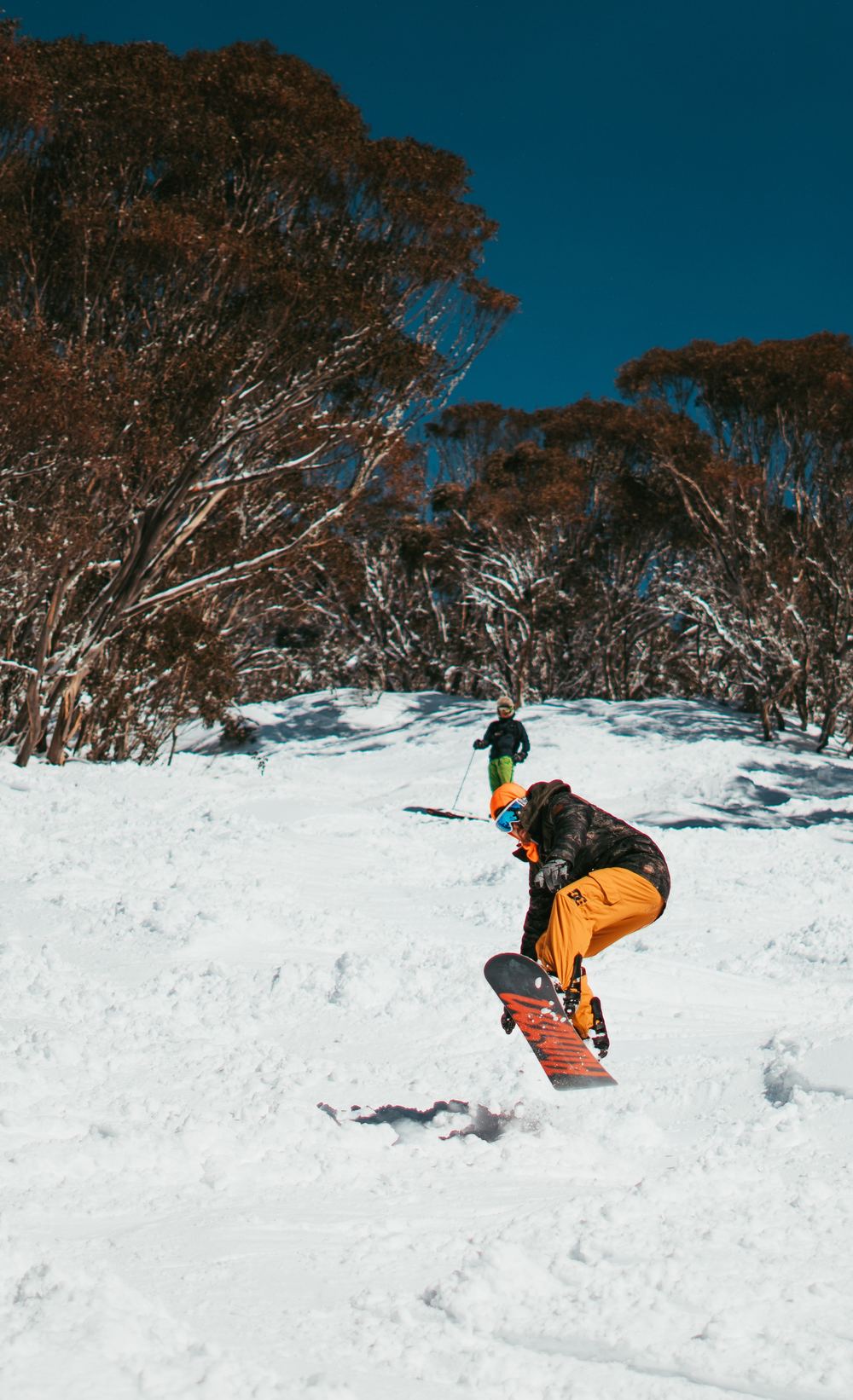
Jake Burton Carpenter
In 1977, Vermont native Jake Burton Carpenter, a regular “snurfer” himself, had modified his “snurfer” with bindings that secured his feet to the board.
Later that year, he founded Burton Snowboards in Londonderry, Vermont. It took some time, but he later became the biggest snowboard company in the business.
His “snowboards,” as he called them, were made out of flexible wooden planks that had water ski foot straps in them.
His design paved the way for the development of more advanced designs of snowboards as well as the equipment needed to ride one.
Carpenter tried to enter the annual “snurfing” competition of 1979 with his own patented design but was almost not allowed to enter until others began to advocate for him to race.
He was eventually let in when a new “Open” division of the competition was created with Carpenter as the only entrant.
This competition evolved to include more and more prototypes of snowboards as the years went on, all thanks to Carpenter’s initial design.
Dimitrije Milovich
Dutch native and surfing enthusiast Dimitrije Milovich also strongly contests that he was the one who created the first real snowboard back in the early 1970s.
He later refined his product and founded Winterstick Snowboards in Salt Lake City after dropping out of Cornell University.
While he did not have nearly as much success as Poppen or Carpenter did with their designs, he did manage to sell a fair amount of his models and is considered one of the pioneers of snowboarding.
These pioneers’ skateboarding and surfing influences also helped to shape the sport into what it is today. In fact, their early designs look a lot like skateboards or surfboards.
These types of athletes were drawn to the sport because of this and wanted to test out how well their shredding skills would translate to the powdered slopes.
It was not until steel edges were added to snowboards in 1980 that snowboarding grew into a hardcore sport. These edges allowed snowboards to finally be used on the more hard-groomed slopes at ski resorts.
Many of the different styles of snowboarding that exist today also stem from skateboarding or surfing techniques. Jibbing, for example, takes direct influence from grinding a skateboard, while big air and half-pipe competitions borrow their styles from skateboarding as well.
Snowboarding’s Reception
Unfortunately, in the late 1970s, most ski resorts refused to allow snowboarders to use their slopes to practice their sport.
This is mostly due to regular skiers complaining about having to share the mountains with these snowboarders, effectively gatekeeping them from what they saw as “their” mountains.
The few resorts that did allow snowboarders were put on leashes so the resorts had a way of keeping tabs on them.
Due to their skateboarding and surfing origins, snowboarders were thus seen as riff-raff or a punk version of skier that in turn made a mockery of the sport.
Snowboarders took on a more urban, hip-hop style of speech, attitude, and look that was influenced by skateboarding and surfing culture, which reinforced skiers’ initial wariness of the group.
Most skiers thought the large boards would wipe all the snow from the mountains, a ridiculous notion nowadays, but widely-held back when snowboarding was still in its infancy.
They also largely believed that the ‘lazy stoner’ stereotype that people typically applied to surfers and skateboarders also translated into snowboarding culture as well.
As snowboarding equipment improved and more regulations were put into place, however, ski resorts (as well as fellow skiers) slowly became more open to snowboarders, even offering them separate slopes, jumps, rails, and half-pipes for them to practice on.
Luckily, by the 1990s, most ski resorts had learned to accept snowboarders into their areas. Of course, the added revenue from these new patrons certainly helped push for their inclusion.
The first American National Snowboard race took place in 1982 near Woodstock, Vermont, at Suicide Six, one of the earliest ski resorts to be created.
It is named so after one of the founders, Wallace Bertram, made a joke that skiing down their steepest hill, labeled “Hill Six” on their map, would be suicide. This competition proved to be one of the most important events in making snowboarding recognized as a sport.
A year later, Tom Sims of Sims Snowboard organized the first World Championship halfpipe snowboarding competition in Soda Springs, California.
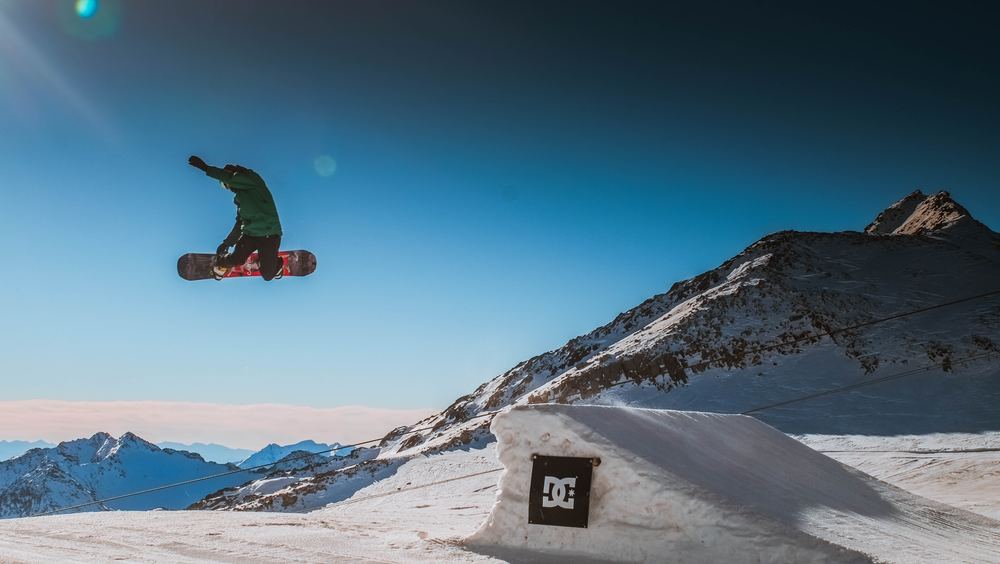
It would not be until the first World Cup for snowboarding was held in Austria in 1985 that snowboarding would become recognized as an official, international competitive sport.
The International Snowboarding Federation (ISF) formed in 1990 to create a universal list of snowboarding contest regulations for competitions such as the Winter X Games, the Olympic Games, and any other major snowboarding events that would be broadcast worldwide.
Eventually, the International Ski Federation (FIS) introduced snowboarding as a form of skiing discipline in 1994, which helped to pave the way for the sport’s inclusion in the Winter Olympic Games.
The 1998 Winter Olympic Games in Nagano, Japan, officially recognized snowboarding as a sport worthy of Olympic competition through its inclusion of both men and women’s categories in giant slalom and halfpipe competitions.
By doing so, snowboarding was thus introduced into the public eye and has been popular ever since.
The first gold medal for women’s snowboarding was earned by France’s Karine Ruby, while Canadian Ross Rebagliati snagged the first gold medal in men’s snowboarding.
Snowboarding in the Media
The first snowboarding magazine, Absolutely Radical, was published in March 1985. It featured various articles about snowboarding competitions around America, as well as advertised future competitions to its subscribers.
Snowboard manufacturers then found an outlet for them to properly advertise their products, and it helped to strengthen the then underground snowboarding community.
The magazine was later renamed International Snowboarding Magazine but has unfortunately been out of business since 1991.
It did not take long for mainstream media to realize that snowboarding appealed to the youth due to its edgy image.
Skateboarding, surfing, and snowboarding quickly became used for advertising schemes that tried to appeal to the more rebellious youth, which, admittedly, made it lose some of its underground charm.
Snowboarding films also helped to push the sport into the spotlight. Typically, these films featured professional snowboarders sponsored by big companies to use for both educational purposes and as advertising gimmicks.
Snowboarding video games and simulators have recently cropped up as well. These are useful but fun introductions into the sport, as well as techniques professionals utilize to practice during off-seasons.
Here’s a video showing more details the history of snowboarding.
What is your favourite fact on the history of snowboarding?

